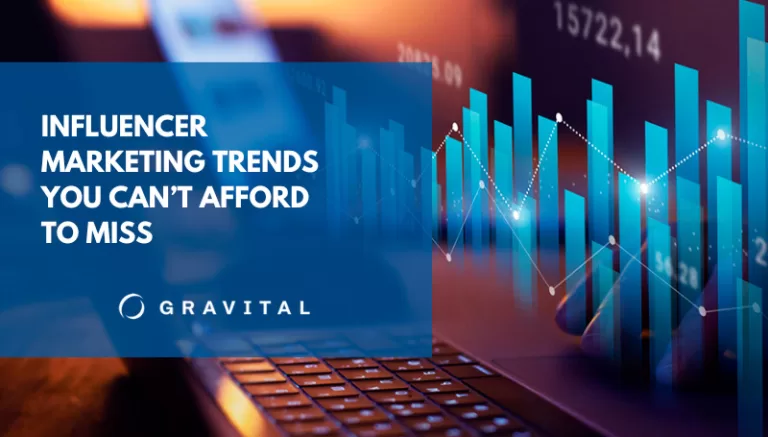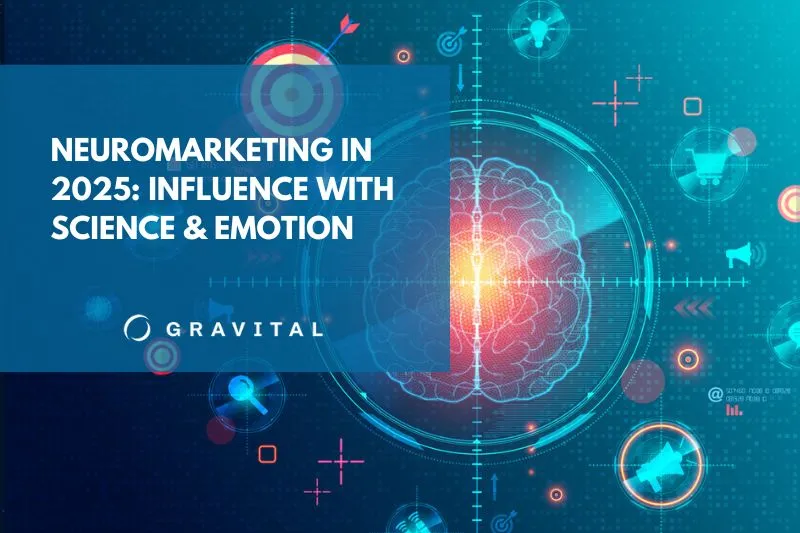Influencer marketing has quickly become one of the most effective ways for brands to connect with their target audience. As social media continues to dominate, influencers—ranging from mega-celebrities to everyday consumers—are shaping how people discover, evaluate and purchase products.
However, as with any fast-growing industry, influencer marketing is constantly changing. New trends are emerging that reflect shifting consumer preferences, advances in technology, and the need for more ethical and authentic brand partnerships.
Influencer Marketing Defined
Influencer marketing is a strategy through which brands collaborate with individuals who have the power to affect the purchasing decisions of their audience. These individuals, known as influencers, have built credibility and trust in specific niches. Influencer marketing leverages this trust to promote products, services or brands to the influencer’s followers.
While this form of marketing originally centered around celebrities with massive followings, it has expanded to include influencers of all sizes, from mega-influencers with millions of followers to micro-influencers who may have smaller, but more engaged audiences. The key to successful influencer marketing lies in the influencer’s ability to connect with their audience in a genuine way.
Types of Influencers
Influencers come in various sizes and types, each offering different advantages depending on your marketing goals.
Mega-Influencers
Mega-influencers are typically celebrities or social media stars with over 1 million followers. They can provide massive reach but often come at a high cost, and their audience might be less engaged compared to smaller influencers.
Macro-Influencers
Macro-influencers are those with 100,000 to 1 million followers. They have a large, dedicated audience and are more affordable than mega-influencers, making them popular for mid-size to larger campaigns.
Micro-Influencers
Micro-influencers have between 10,000 and 100,000 followers. They tend to have higher engagement rates because their smaller audiences are more niche-specific. Brands increasingly prefer micro-influencers for their authenticity and ability to create stronger connections with their followers.
Nano-Influencers
Nano-influencers are the smallest category, with fewer than 10,000 followers. Despite their limited reach, they are often highly influential within their small communities and are known for their deep engagement and personal interactions with their audience.
Latest Trends in Influencer Marketing
Influencer marketing has evolved beyond simple product promotions. These latest trends highlight the shifts taking place within the industry and how brands can adapt to stay competitive.
1. Rise of Micro-Influencers and Niche Expertise
Micro-influencers and niche influencers have gained significant traction due to their ability to connect with highly engaged audiences. Brands are increasingly turning to these influencers for more targeted marketing efforts. Micro-influencers often have expertise in specific areas—for example, sustainable fashion, vegan cuisine or DIY crafts—which allows brands to access a more focused and relevant audience.
For example, a sustainable fashion brand might collaborate with a micro-influencer who regularly posts about eco-friendly products, helping to reinforce the brand’s values while reaching a community that is already interested in sustainability.
2. Growing Emphasis on Authenticity and Transparency
Consumers are more skeptical than ever of overly scripted or inauthentic content. As a result, influencers who prioritize authenticity and transparency in their brand partnerships are seeing higher engagement. Audiences value genuine endorsements, and influencers who clearly disclose partnerships and share honest feedback are building stronger, more trusting relationships with their followers.
Authentic and transparent influencers use #ad or #sponsored to disclose paid collaborations while still giving an honest review of a product or service, highlighting both pros and cons.


3. Ethical Partnerships
As consumers become more socially conscious, they expect brands to engage in ethical and socially responsible practices. Influencer marketing is increasingly reflecting this trend, with influencers and brands working together on campaigns that promote social causes or demonstrate environmental responsibility. Ethical partnerships are not just about selling products but also about contributing to a greater purpose.
Example: A beauty brand launching a cruelty-free product line partners with influencers who are vocal about animal rights, enhancing the credibility of the brand’s commitment to ethical practices.
4. Integration with Social Commerce
With the rise of social commerce—which allows consumers to purchase directly from social media platforms—the role of influencers has expanded. Influencers can now drive sales directly by integrating product links or in-app shopping features into their content. This seamless integration between promotion and purchase streamlines the customer journey and makes it easier for followers to buy.
For instance, Instagram’s “Shop Now” feature allows influencers to tag products in their posts, enabling followers to purchase items with just a few clicks.
READ ALSO: Marketing in the metaverse. What you need to know
5. Influencer Marketing Analytics
Brands are demanding more data-driven results from influencer marketing campaigns, leading to an increased focus on analytics. Metrics such as engagement rates, conversion rates and ROI (return on investment) are becoming critical in evaluating the success of influencer collaborations. Influencer marketing platforms now offer in-depth analytics that help brands track the performance of campaigns in real time.
Brands can use influencer marketing software to track how many sales were driven by a specific influencer’s Instagram campaign, helping the brand optimize future partnerships.
6. Influencer Marketing Platforms
As influencer marketing grows, dedicated platforms are making it easier for brands to find and manage influencer relationships. These platforms streamline the process of identifying the right influencers, facilitating partnerships and tracking performance. They provide brands with a one-stop solution for influencer campaigns, improving efficiency and results.
Example: Platforms like AspireIQ or Upfluence help brands connect with relevant influencers and manage every aspect of their campaigns, from outreach to reporting.
7. User-Generated Content (UGC)
UGC is growing as more brands encourage their customers to become influencers themselves. UGC campaigns involve regular customers sharing their experiences with a brand’s products, often as part of a social media contest or hashtag challenge. This not only fosters engagement but also builds credibility, as consumers trust other consumers.
A fitness brand, for example, can run a #MyWorkoutChallenge, encouraging customers to post their workout routines using the brand’s gear, thus increasing brand visibility and community engagement.
READ ALSO: How User-Generated Content Supercharges Your Digital Marketing
Influencer marketing offers exciting opportunities for brands to connect with their audiences in meaningful ways. If you’re ready to explore how influencer marketing can boost your brand and build stronger connections with your audience, talk to us.


